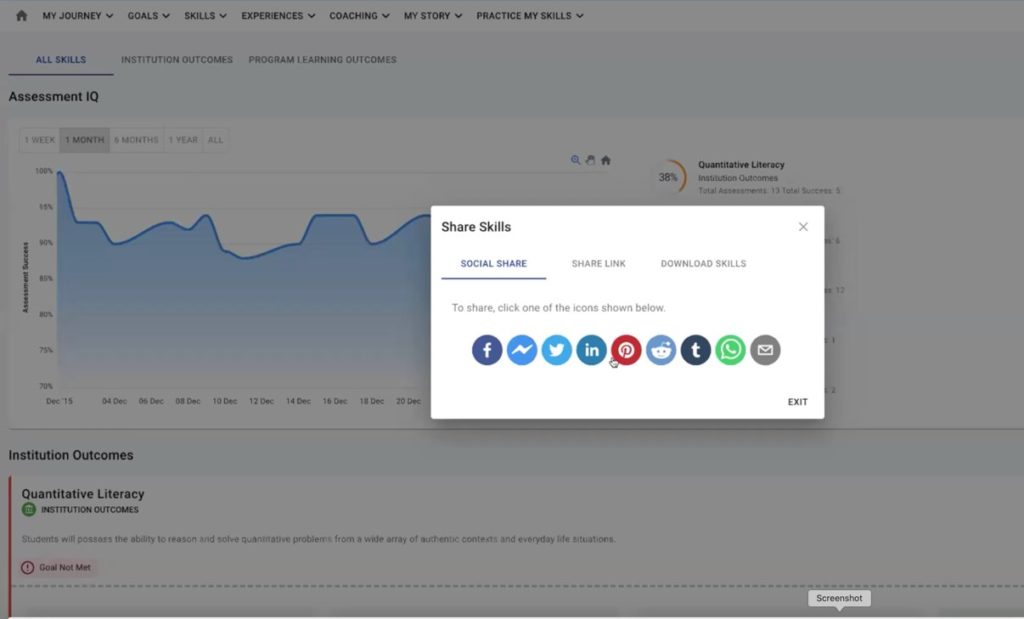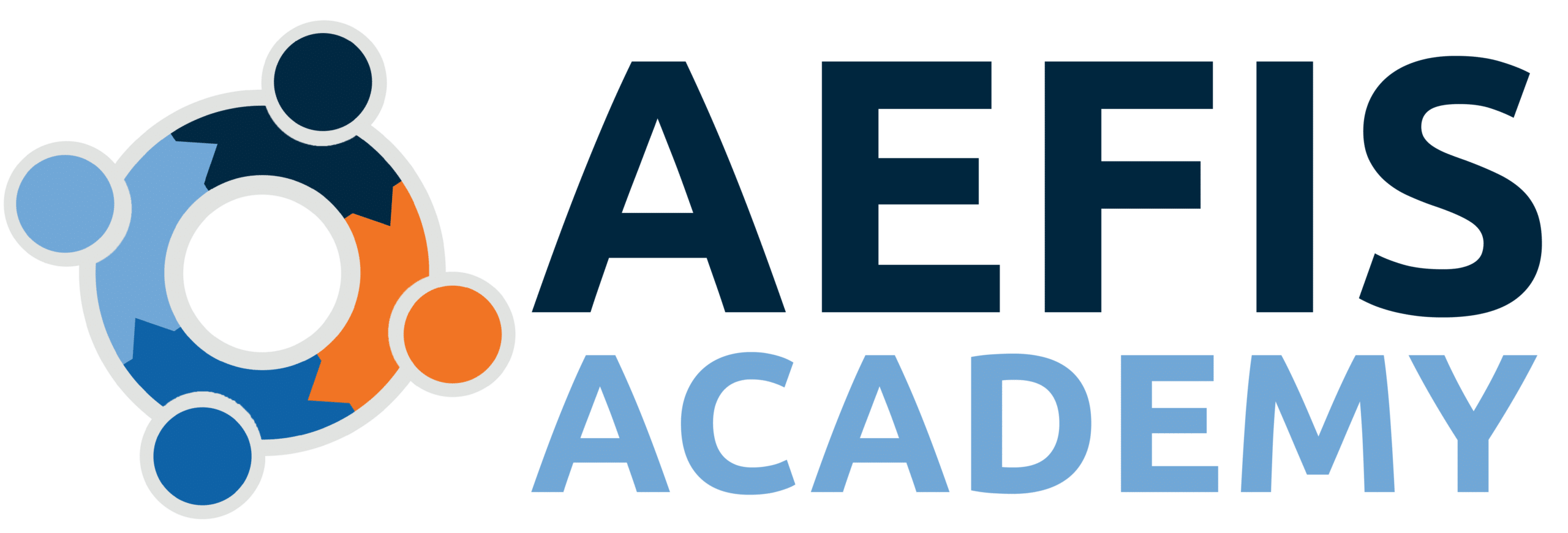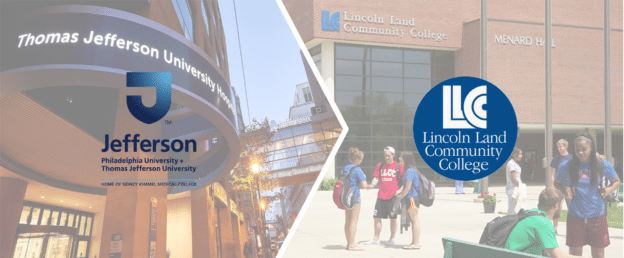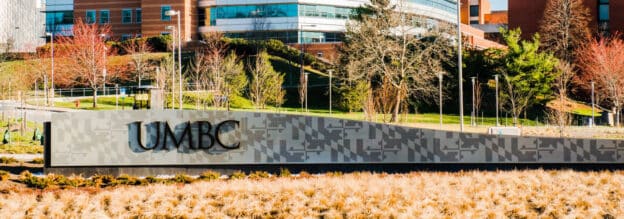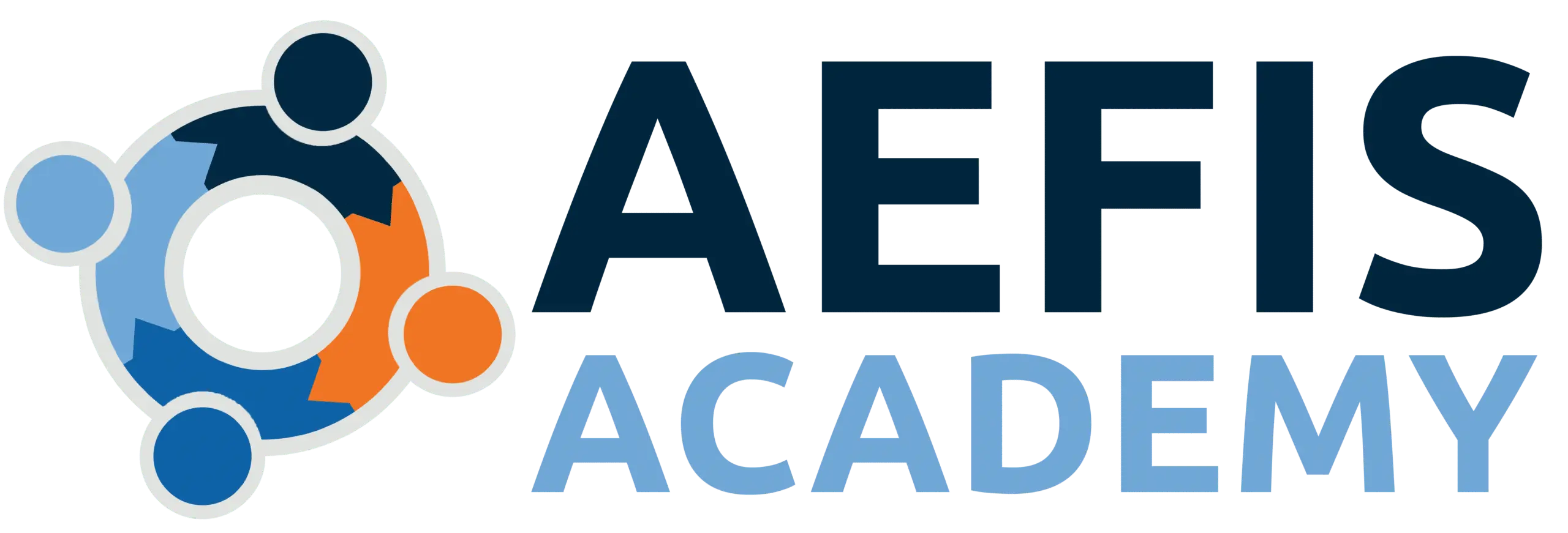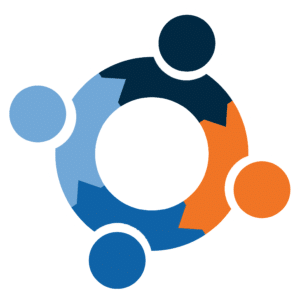A Comparison of Comprehensive Learner Record (CLR) and Traditional ePortfolios
Overview
According to Educause, Comprehensive Learner Record “is a digital asset that helps students both better understand their learning and share a verifiable record of their knowledge and accomplishments. With a learner’s consent, the CLR gathers data about performance beyond just course grades, with an ultimate goal of capturing, recording, and communicating learning when and where it happens across a student’s higher education experience.” (Shendy, JE., Grann, J., Leuba, M., Black, T., & Parks, R., 2019)
The following comparison has been produced from a compilation of sources on CLR and ePortfolios put forth by the American Association of Collegiate Registrars & Admissions Officers (AACRAO), National Association of Student Personnel Administrators (NASPA), The Lumina Foundation, Educause, and IMS Global Learning Consortium. It is intended to provide some background on how CLR has evolved and how it differs from the traditional ePortfolios present within institutions of higher education across the country.
Comparison—Traditional ePortfolios & CLR*
| Traditional ePortfolio | Comprehensive Learner Record |
| A student-generated compilation of artifacts pulled from academic coursework added to a web-based platform. | An automatically compiled comprehensive learning journey of student achievements from academic coursework and co-curricular engagements. |
| A summary of students’ artifacts usually produced by the student at the end of the program or course for a grade or to share with employers. | A full reflection of student learning andachievements collected when and where they happen across students’ higher education experience. |
| Artifacts and evidence of meeting a standard, competency or outcome uploaded to a platform after they are graded by faculty. | Artifacts and evidence are validated and verified by course faculty and advisors in real-time; evidence of learning are intentionally hard-wired to programmatic outcomes. |
| Often does not include co-curricular or extracurricular activities. | Includes co-curricular and extracurricular activities. |
| Often is required by accreditors as a summative assessment of learning. | Linked to the program map and auto-generates for accreditors. |
| ePortfolios are manual and can take on any shape and format as there is no one way of preparing. | The CLR framework includes an interoperability/compatibility of digital records shared seamlessly across employer and social media platforms globally. |
| Provides an opportunity for students to make sense of the learning by collecting artifacts across the curriculum retrospectively. | Provides opportunities to make sense of learning through quantitative and qualitative data, reflecting their achievements in real-time, supported by evidence. |
Snapshot: CLR through the years…
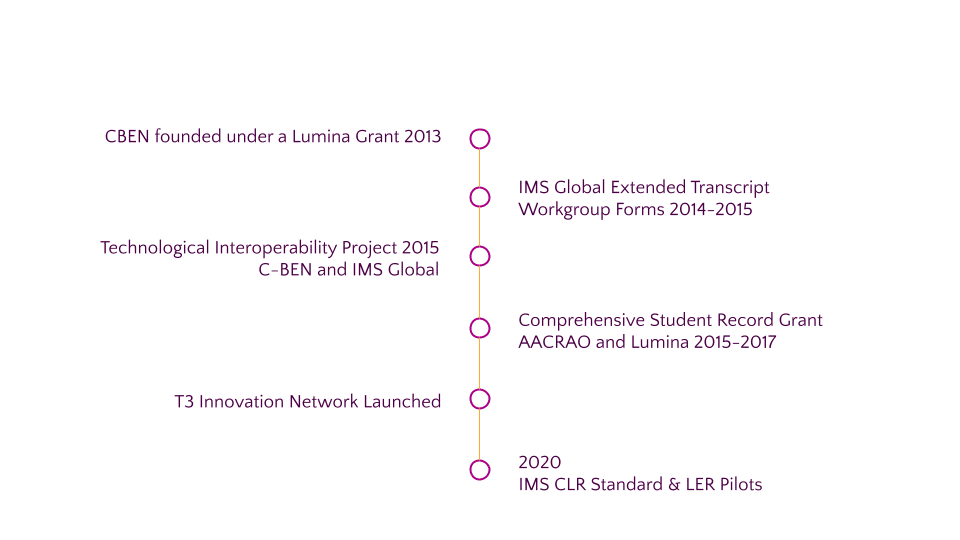
Utilizing the IMS Global CLR standard, AEFIS CLR is interoperable and portable enabling it to be shared with employers. CLR is available to employment platforms and AI applications.
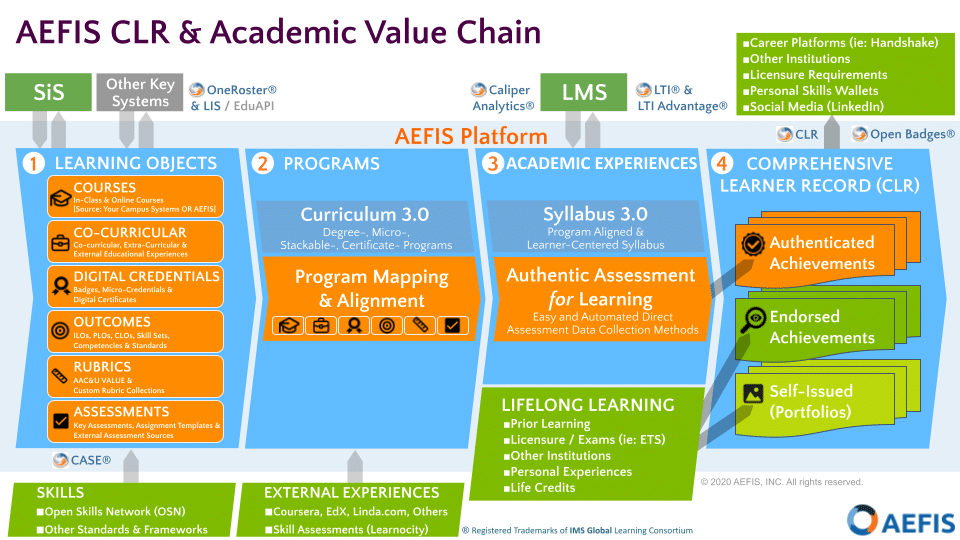
- Digital Catalogs—manage all of your learning experiences in one place
- Programs—digitize your curriculum map and link to competency frameworks that make learners’ skills explicit
- Academic Experiences—link authentic evidence of student learning and other prior learning artifacts and life credits to CLR
- Comprehensive Learner Record (CLR)—reinforces that learning happens everywhere with verified evidence of student learning from course, co-curricular engagements, student employment, and even student self-identified experiences.
AEFIS Student Learning Journey & CLR
Student Learning Journey Dashboard provides real-time data on achievements, coursework and co-curricular activities, and action items.
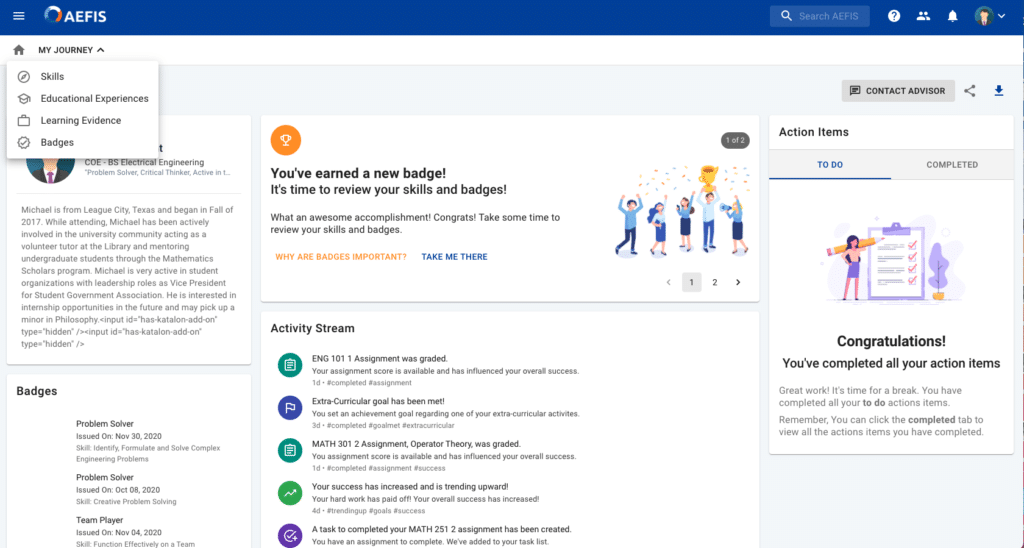
By clicking on skills, learners can see their achievements linked to competencies along with their work products with feedback from their instructors, mentors, and external advisors.
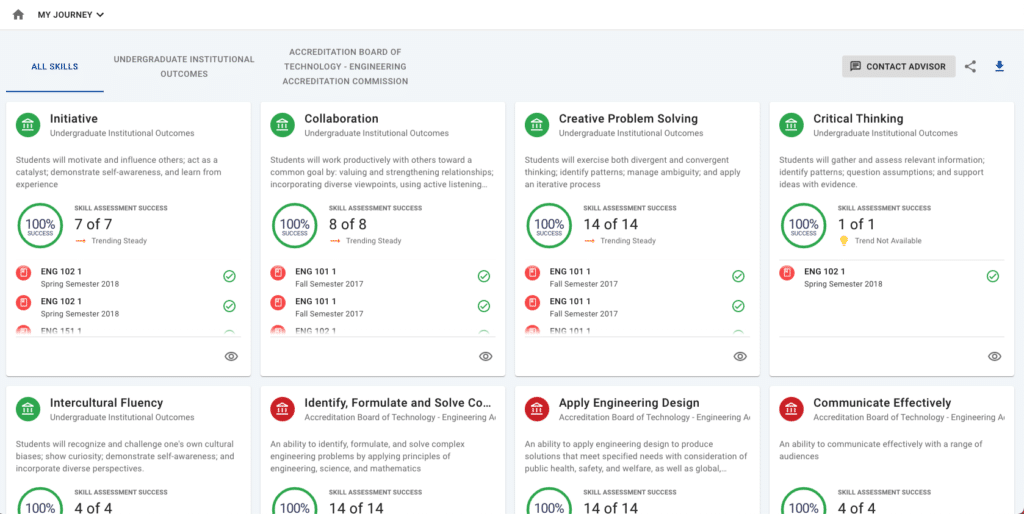
Learners can review their verified evidence, reflect and curate their achievements and add other artifacts to share with employers
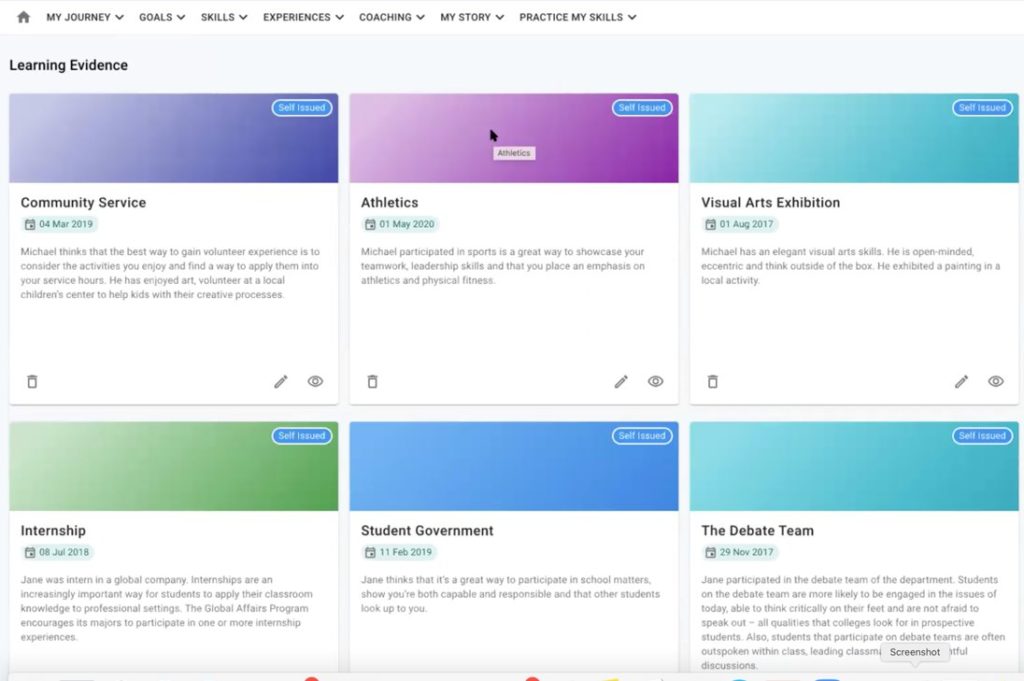
Learners can share evidence of their achievements in a multitude of ways.
